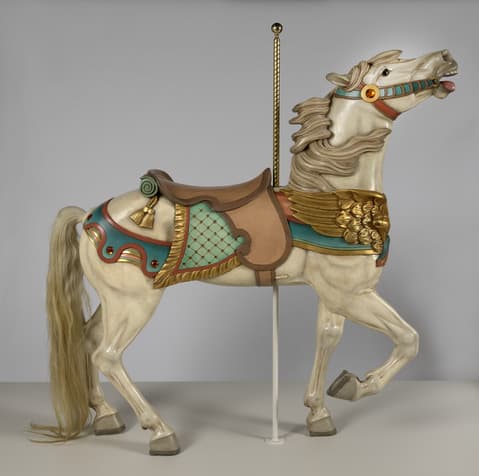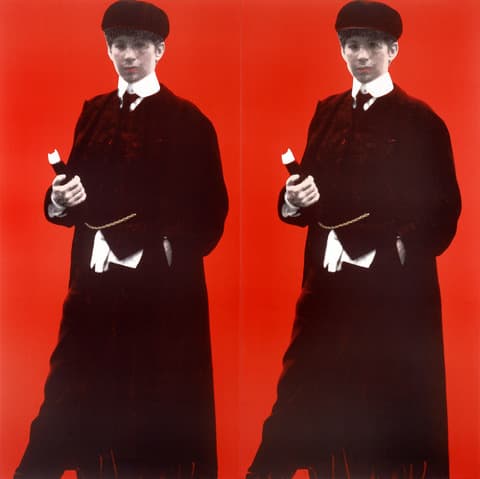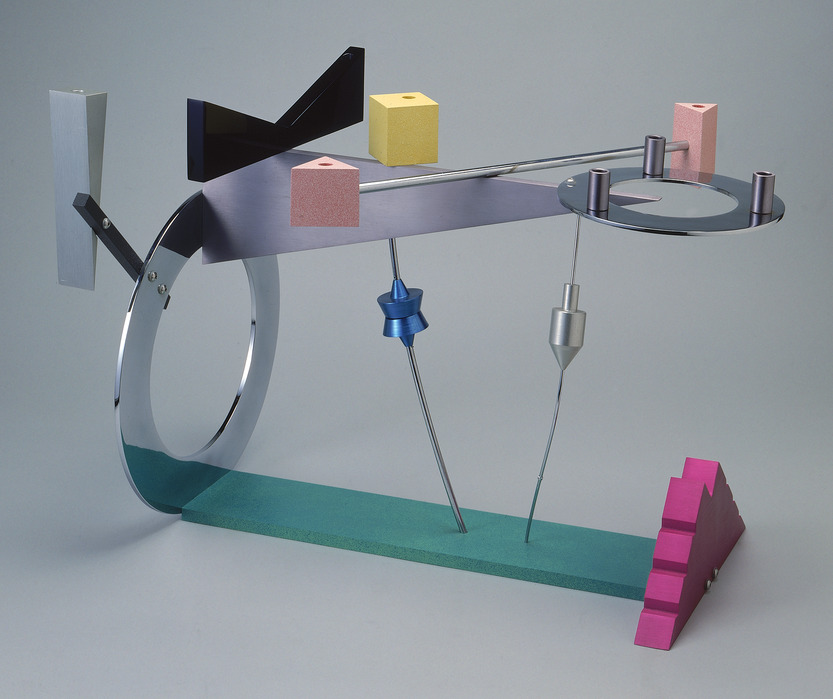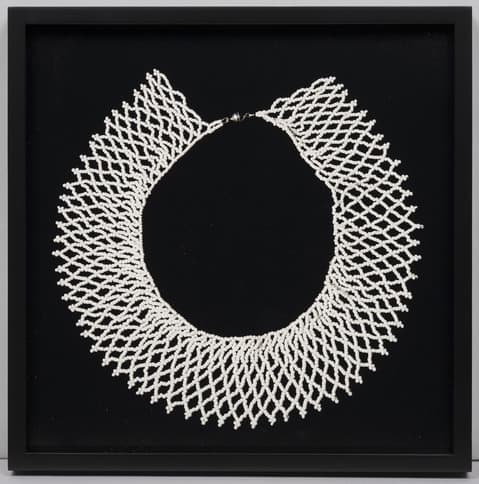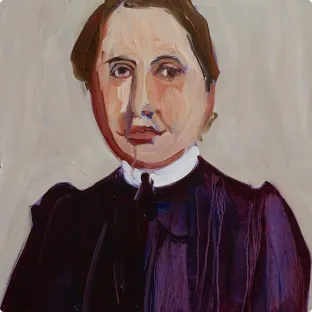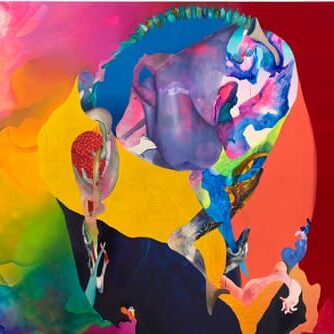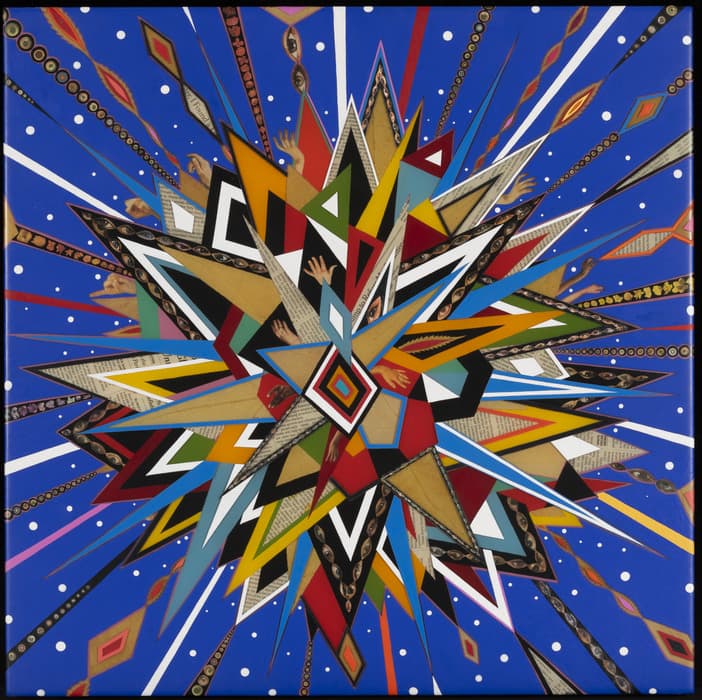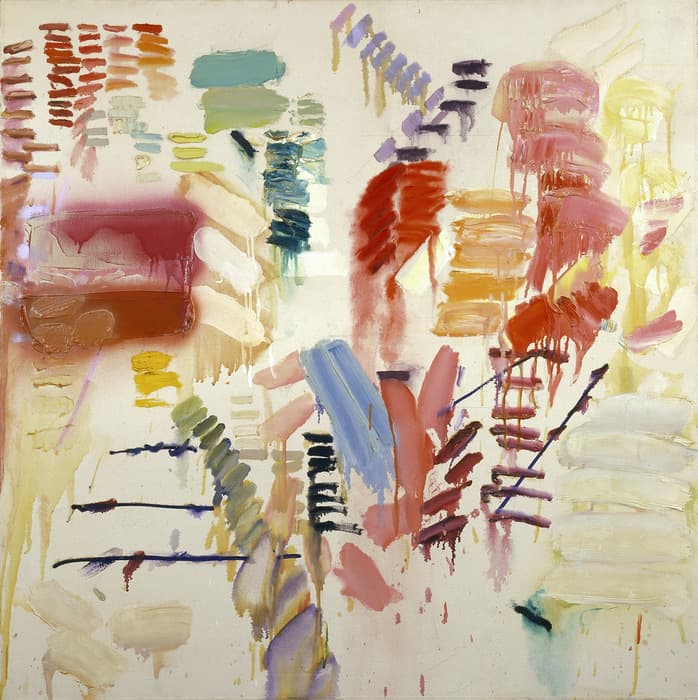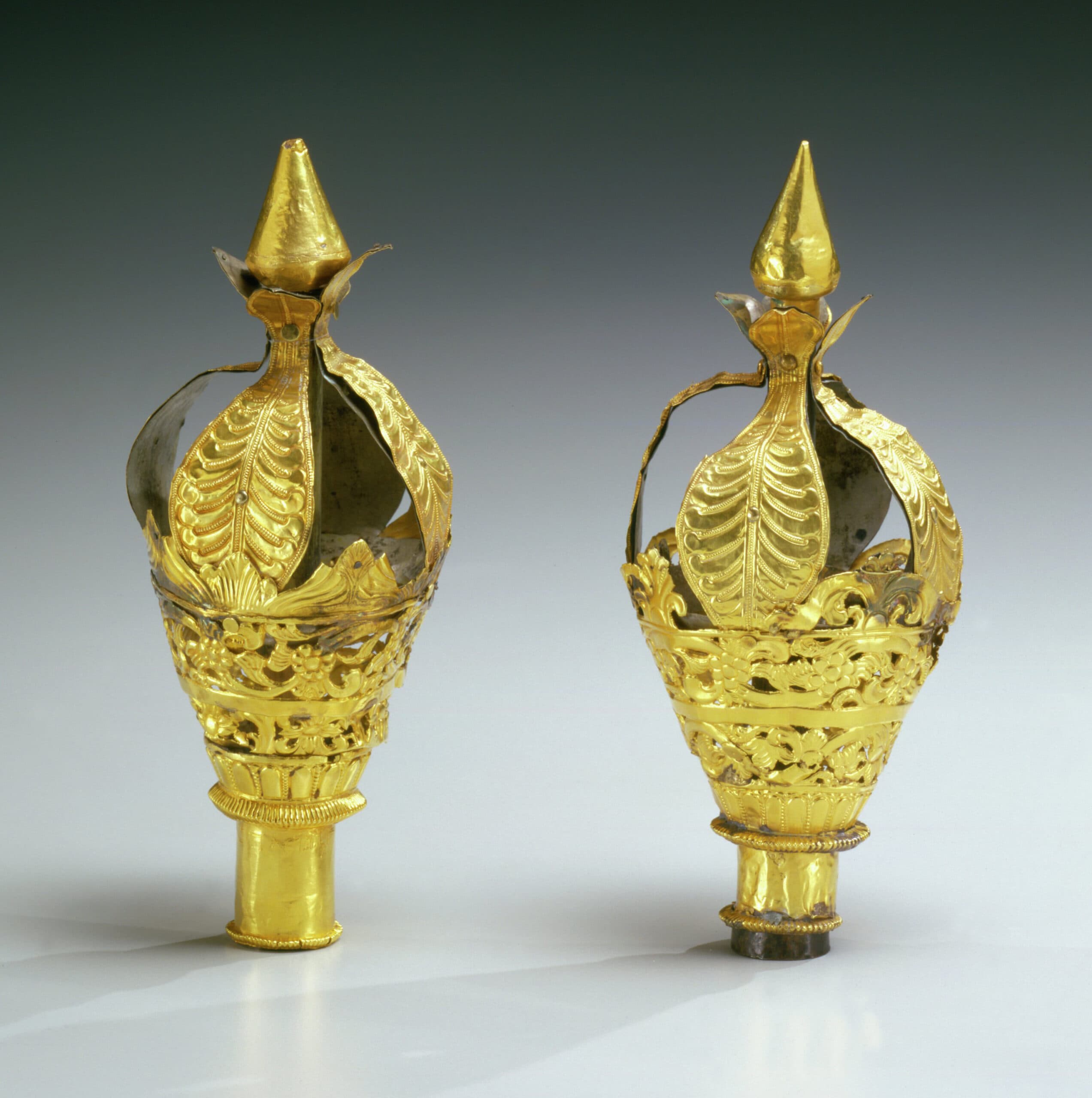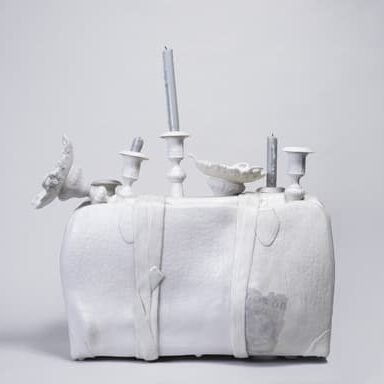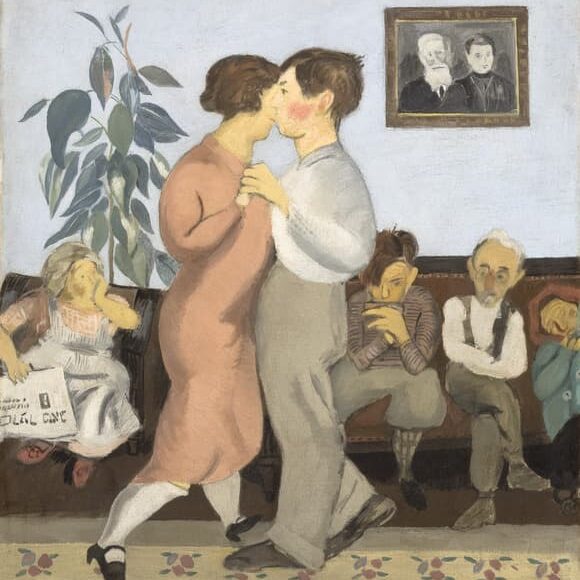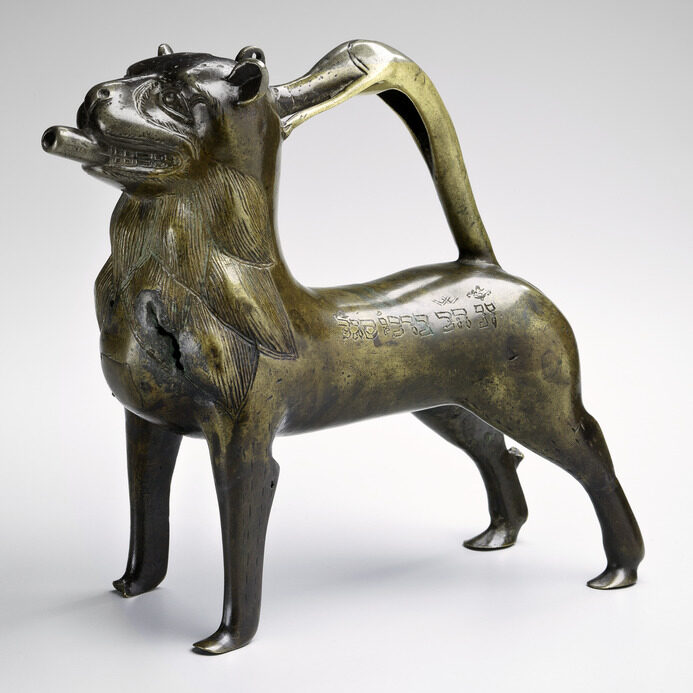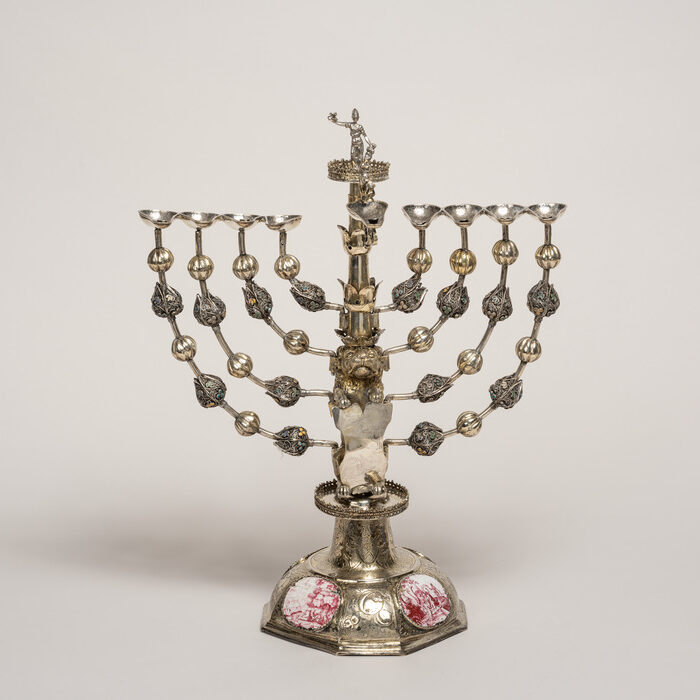Large-Scale Painting by Mel Bochner Created for the Jewish Museum's Lobby
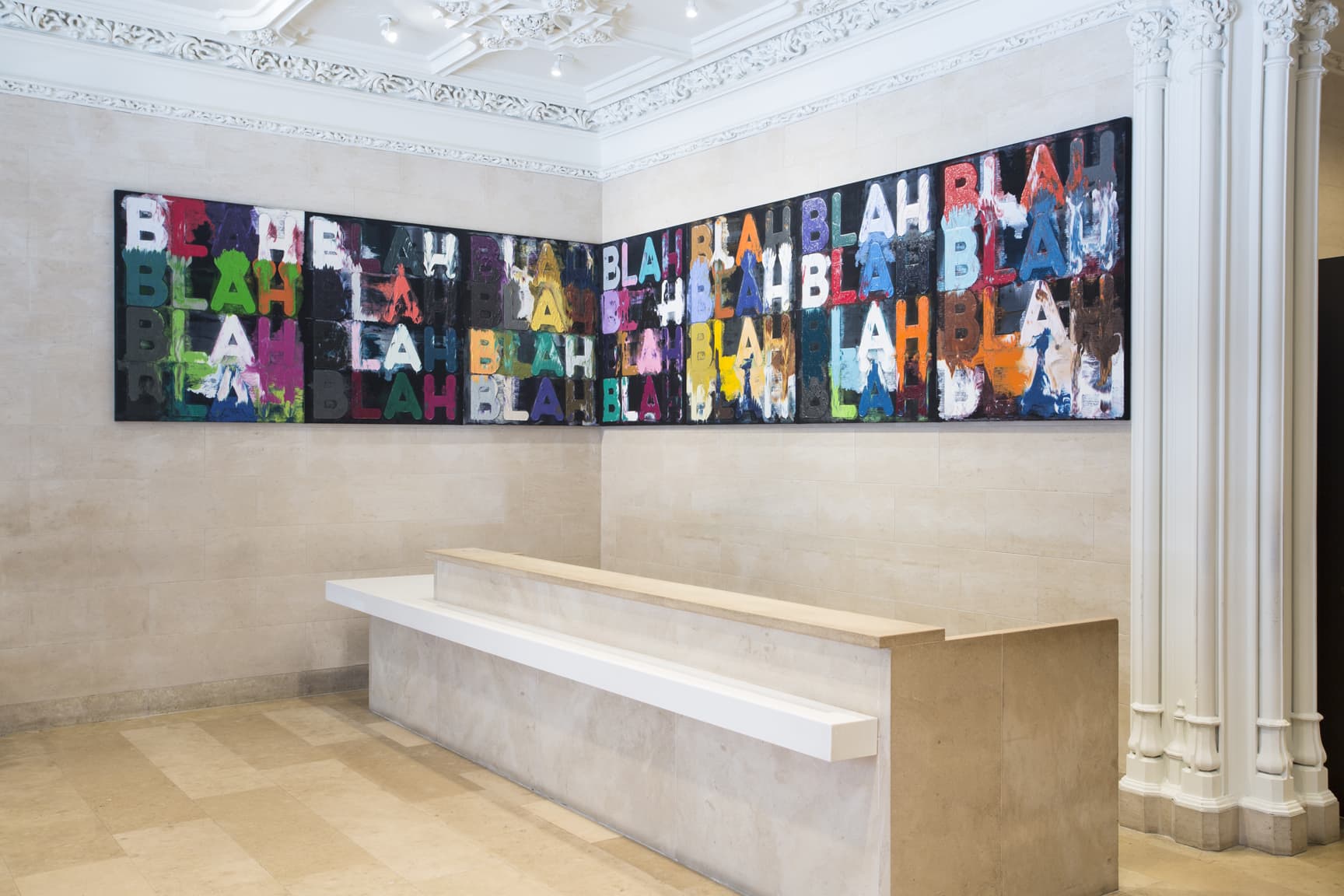
Second Offering in Museum’s Using Walls, Floors, and Ceilings Series
New York, NY — Beginning May 2, the Jewish Museum’s lobby will feature a large-scale painting by Mel Bochner titled Blah, Blah, Blah (2014). This installation is the second in a series showcasing new work by artists from around the world in its Skirball Lobby. Using Walls, Floors, and Ceilings builds on the Museum’s 1970 program called Using Walls that featured the work of 14 up-and-coming international artists of the time, including Mel Bochner. Now, nearly 45 years later, the Jewish Museum is revisiting this moment in its history, with Mel Bochner’s work featured once again. The installation is presented in conjunction with the exhibition, Mel Bochner: Strong Language, and recalls Bochner’s 1970 site-specific work for the Jewish Museum, Theory of Boundaries. Blah, Blah, Blah remains on view at the Jewish Museum through October 12, 2014.
Blah, Blah, Blah, a seven-panel painting on velvet, will be hung in an “L” shape across the walls in the Skirball Lobby. The work continues Mel Bochner’s ongoing use of text as image, part of a larger suite of works centered on this repetitious phrase, a weary, inarticulate expression of boredom and jaded irritation. Other works feature the word BLAH written over and over in azure swaths of paint. Drips, erasures, and smears suggest an attempt to silence a cacophony of pointless chatter. Here, the BLAHS, stacked and uniformly aligned, are crafted in vibrant colors, using the artist’s signature font of rounded capital letters. Expressionist brushwork and thick facture distort their shapes, building a staccato pattern of legible and illegible words; the effect is of a chanting chorus of annoyed (or perhaps amused) voices. Bochner plays with notions of borders and negative space, with meaning and the gaps in meaning, with the relationship of the material to the ineffable. Additional works from this series are included in the exhibition Mel Bochner: Strong Language, on view from May 2 through September 21, 2014.
In 1970 Mel Bochner created Theory of Boundaries for the Jewish Museum’s Using Walls program. It comprised four red squares: one rendered with precise lines, the other three made with imperfect or gestural strokes to form a border. The whiteness of the wall between each shape emphasized its straight or distorted edges. At the center of each square was a “language fraction,”ù written by the artist in chalk””word combinations that hinted at ideas of placement and displacement. Bochner used the wall like a notebook, offering notes toward a visual proposition. Theory of Boundaries, like many of his early investigations of the relationship of language, thought, and the art object, blurred the border between the physical and the metaphysical, and is echoed in the themes raised by Blah, Blah, Blah.
In May 1970, the Jewish Museum presented Using Walls, an exhibition of commissioned projects installed both within and beyond the gallery space of the Warburg Mansion. A former residence, the Museum renovated the French Gothic chateau-style building in the early 1960s and expanded its gallery space by adding new, modern galleries and an outdoor sculpture court to accommodate the larger scale works created by artists in the postwar era. Using Walls (Indoors) focused on the sentiment that the wall was not merely a structure or surface but could function as a material or component of a work of art. This philosophy extended to Using Walls (Outdoors) with emphasis placed on the relationship between art, public space, and the viewer. Using Walls (Indoors) featured innovative works by 14 international artists such as Sol Lewitt, Robert Ryman, Richard Tuttle, Mel Bochner, Richard Artschwager, and others. Using Walls (Outdoors) focused on the work of City Walls, Inc. and Smokehouse Associates, two collectives known for their large-scale, vibrant murals in unexpected places across New York City.
The Jewish Museum is presenting Mel Bochner: Strong Language, a survey of Bochner’s career-long fascination with the cerebral and visual associations of words. The exhibition will include over 70 text-based works. Among the highlights are his mid-1960s Portrait Drawings, never before exhibited in New York, and paintings from the last decade using synonyms derived from the latest edition of Roget’s Thesaurus. Bochner was inspired by the Thesaurus’ new permissiveness to broaden his linguistic references juxtaposing proper with vernacular, formal against vulgar, high against low. A founding figure of the Conceptual Art movement of the 1960s, his Working Drawings and Other Visible Things on Paper Not Necessarily Meant to be Viewed as Art is considered to be the first Conceptual Art exhibition. Mel Bochner (b. 1940) emerged at a time when young artists considered painting exhausted. A pioneer in incorporating language into visual art, Bochner has taken an unusual turn toward painterly expressiveness during the past two decades. Mel Bochner: Strong Language will reveal the artist’s longstanding engagement with the possibilities of language as image, medium, and content. Visitors will be able to see a broad selection ranging from often witty early conceptual works to vibrantly colored and lushly executed recent paintings.
The new Using Walls, Floors, and Ceilings series is organized by Jens Hoffmann, Deputy Director, Exhibitions and Public Programs, and Joanna Montoya Robotham, Neubauer Family Foundation Assistant Curator.
The Jewish Museum is grateful to Mel Bochner for his participation and to Peter Freeman and Suzanne Imber of Peter Freeman, Inc., for their enthusiastic support.
Press contacts
Anne Scher/Molly Kurzius/Alex Wittenberg
The Jewish Museum
212.423.3271 or [email protected]
